 |
 |
|---|
|
|
|---|
 |
 |
 |
 |
|---|---|---|---|
 |
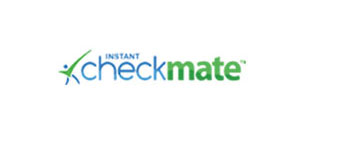 |
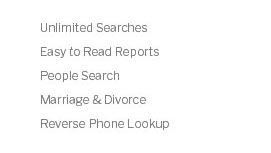 |
|
 |
|||
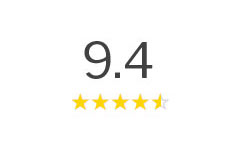 |
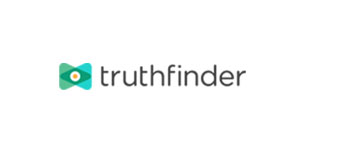 |
 |
|
 |
|||
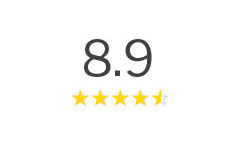 |
 |
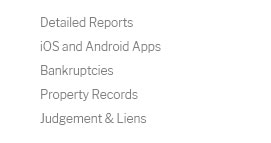 |
|
 |
|||

|
o1uw6r0fxdy Exploring the World of Public Marriage Records: A Gateway to the PastIn today's digital age, the art of looking up public marriage records has become a fascinating journey into the past, offering individuals a unique opportunity to connect with history, unravel family mysteries, and even discover untold stories that lie within the fabric of their ancestry. These records, which are meticulously maintained by various government entities, serve as a vital resource for genealogists, historians, and curious individuals alike, providing a window into the lives of those who came before us. But what exactly are public marriage records, and how can one access them effectively? Public marriage records are official documents that record the union between two individuals. They typically include essential details such as the full names of the couple, the date and location of the marriage, and sometimes additional information like the names of witnesses or the officiant. These records are generally considered public information, meaning that they can be accessed by anyone interested, although the level of accessibility can vary depending on the jurisdiction. It's important to understand that while the concept of public records suggests open access, privacy laws and regulations might impose certain restrictions, particularly with more recent records. This ensures that sensitive personal information remains protected while still allowing for historical research and family investigations. Accessing these records can be as simple as visiting a local government office, such as a county clerk's office, or utilizing online databases that have digitized vast collections of marriage records. Many websites offer free access to basic information, though some may require a fee for more detailed records. It's also worth noting that while online resources have made it easier than ever to search for marriage records, they might not always have the most up-to-date or comprehensive data, so it's sometimes necessary to corroborate findings with physical records. For those delving into genealogical research, public marriage records can be an invaluable tool. They not only confirm familial connections but can also reveal details about ancestors' lives and social contexts. For instance, the location of a marriage can provide clues about migration patterns, while the presence of certain witnesses might indicate close family ties or friendships. By piecing together these fragments of information, researchers can construct a more complete picture of their heritage and gain a deeper appreciation for the stories that shaped their family's history. Beyond genealogy, public marriage records have practical applications as well. They can be used to verify legal matters, such as citizenship applications or the establishment of inheritance rights. Additionally, journalists and historians often rely on these records to gather information for their investigations, providing factual evidence that supports their narratives. In conclusion, the process of looking up public marriage records is not just a means to an end but rather an engaging exploration that bridges the past with the present. Whether you are seeking to trace your family lineage, uncover historical truths, or simply satisfy your curiosity, these records offer a wealth of information waiting to be discovered. With patience and a keen eye for detail, anyone can embark on this journey and find themselves captivated by the tales that public marriage records have to tell. https://www.reddit.com/r/Genealogy/comments/11pcny6/maryland_marriage_records/
Does anyone know if/where I can find Maryland marriage records online? I'm specifically looking for a record in Cecil County in 1926 or 1927. http://www.courts.state.md.us/clerks/washington/marriage
A Notary Public is not a comparable official. Marriage of Minors (Age 17) ... https://montgomerycounty.maryland.recordspage.org/marriage-records/
Search free Montgomery County marriage records to learn more about any individual in the community. The Maryland Public Information Act (PIA) demands that ...
|
|---|